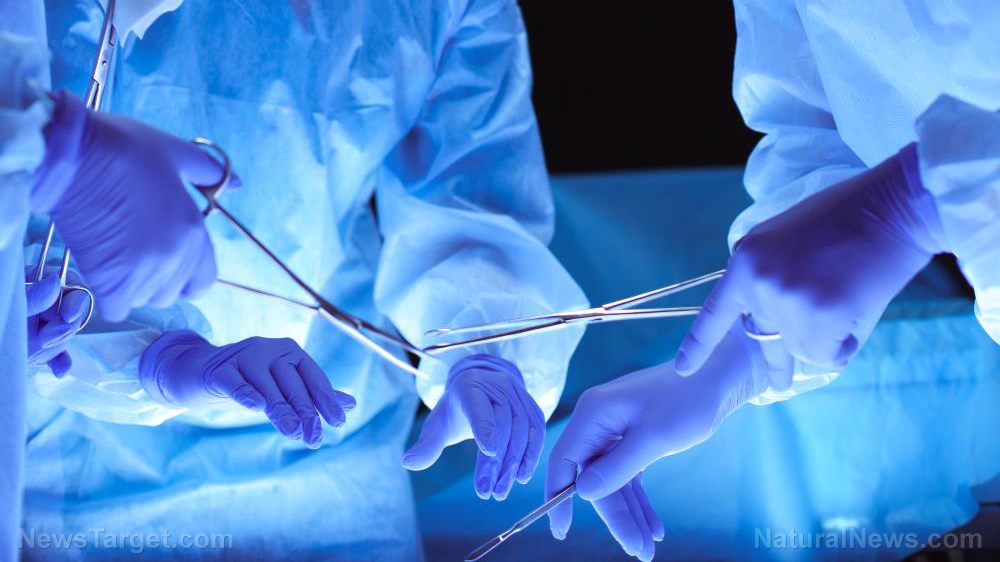
According to Frank Buckley, a law professor who recently penned an article about this latest round of horrors for The Wall Street Journal (WSJ), "about 30 euthanasia patients in Canada have donated their organs after death since 2016," which he and others say is a major conflict of interest because of how the process is playing out.
A June 3 document issued by the Canadian Medical Association (CMA) dictates that Canadian doctors will now be allowed to "canvas their vulnerable, suicidal patients for their organs," according to Life Site News, which means that there's now an incentive for corrupt doctors to encourage euthanasia as a back door to obtain highly-profitable vital organs.
This CMA issuance complements a paper that was published last year in the New England Journal of Medicine that tried to make the case that vital organs would be of "better quality" if they could only somehow be removed from donors while they were still alive – and euthanasia patients, it turns out, are perfect candidates.
"The grim document describes how the organ donation and euthanasia decisions might be disentangled, but allows doctors to raise the possibility of organ donation with their vulnerable, suicidal patients," Prof. Buckley explains.
"It also clarifies that organ removal should not begin until the patient is medically deceased (sic) and the heart has stopped beating."
Mainstream medicine is obsessed with money, and doesn't really care about patients
But once again, if a euthanasia patient is already planning to die anyway, then harvesting his or her organs early would make for a "fresher" and more valuable product. This would explain why the CMA issuance's "key points" include the recommendation that doctors avoid discussing the organ donation option with their euthanasia patients until after they've already opted for "medically assisted" death.
In the eyes of Alex Schadenberg of Canada's Euthanasia Prevention Coalition, these changes are sure to trigger an explosion of death by organ donation cases because they incentivize killing people for their valuable body parts.
"The acceptance of organ donation after euthanasia leads to the pressure to do euthanasia by organ donation," he's quoted as saying to Life Site News. "The concept that organ donation and euthanasia can be separated is false. The person will be prepared for the organ donation and the euthanasia simultaneously to make the procedure most effective."
Keep in mind that active euthanasia was legalized in Canada just three years ago in 2016, at a time when the nation's official organ donation guidelines did not address how to handle fully conscious patients. They've since been updated to reflect the new law, but now fail to address the ethical concerns inherent to euthanasia-associated organ harvesting.
"The ability of donors to give first-person consent for both MAID (Medical assistance in dying) or WLSM and organ donation creates emotional and moral challenges for healthcare professionals, and raises unprecedented ethical and practical challenges for patients, families, health care professionals and institutions, and society," an introduction to the new guidelines admits.
One of the worst aspects of the new rules is that euthanasia patients don't have to be the ones to initiate the organ donation process. These same patients can also still have their organs collected even after they've lost the conscious ability to change their minds, which Prof. Buckley sees as a serious problem.
"That should give legislators in states like New York pause before they move to legalize euthanasia," he writes. "Medical professionals should not be given the incentive to see their patients as sacks of valuable organs rather than as human beings."
For related news, be sure to check out MedicalViolence.com.
Sources for this article include:
Please contact us for more information.






















